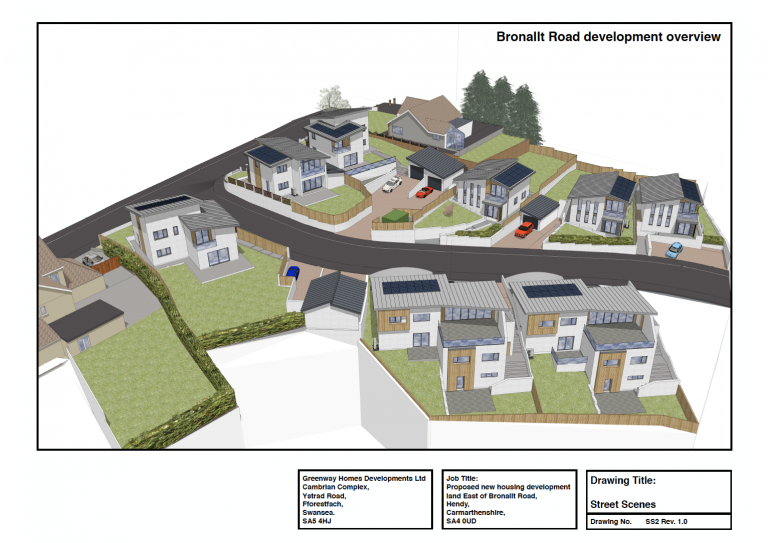
SAP EPCs are known as Standard Assessment Procedure Energy Performance Certificates. It is highly recommended that these calculations are carried out by an accredited assessor prior to commencing on site to ensure no difficulties in insulation levels are encountered at a later date.
A SAP EPC refers to an Energy Performance Certificate issued from SAP energy calculations by an ‘On Construction Domestic Energy Assessor’ or SAP assessor, using for older non-completed dwellings SAP 2005, SAP 2009 methodology and software - the current version of SAP 2012 is in use for current dwelling designs until 22/11/22 in Wales for new builds. From 23/11/22 the new SAP 10 comes into force in Wales - already in use in England.
A new dwelling, or dwellings created by conversion/change of use are compulsory to have SAP Calculations carried out. The assessor will then in turn produce an EPC outlining the energy efficiency of that property.
The assessor will use architects plans and drawings, together with detailed information (specifications) around construction, heating and ventilation amongst other technologies.
The two versions of EPC are fundamentally the same thing (the SAP EPC being much more time consuming and needs a very good knowledge of construction), providing a picture of the energy efficiency and energy costs of the dwelling.
Generally, an EPC for an existing dwelling for sale or rental will be much less expensive to purchase than one derived from SAP Calculations.
Ynni Cymru Energy Solutions can also help with compliance issues with extensions and Building Regulations AD Part L1B particularly when new glazing exceeds 25% of the total floor area of the new extension or is greater than the windows and door that no longer exist or no longer exposed.
There are two methods of checking compliance with Part L1B. These are:
For design flexibility the second method is usually more advantageous to the client and designer. This involves using SAP 2012 to show that the overall calculated CO2 emission rate from the dwelling with the proposed extension is no greater than that for the dwelling, and a 'notional' extension built to the opening area, fabric and services.
As part of achieving the Whole Dwelling Calculation Method, upgrades to the existing part of the dwelling may be proposed to allow for more design flexibility.
If you have any questions on the information required or need some advice contact us for a brief chat.
For a competitive quote call: (landline) 01792 424569; (mobile) 07986 099438 or email [email protected].
